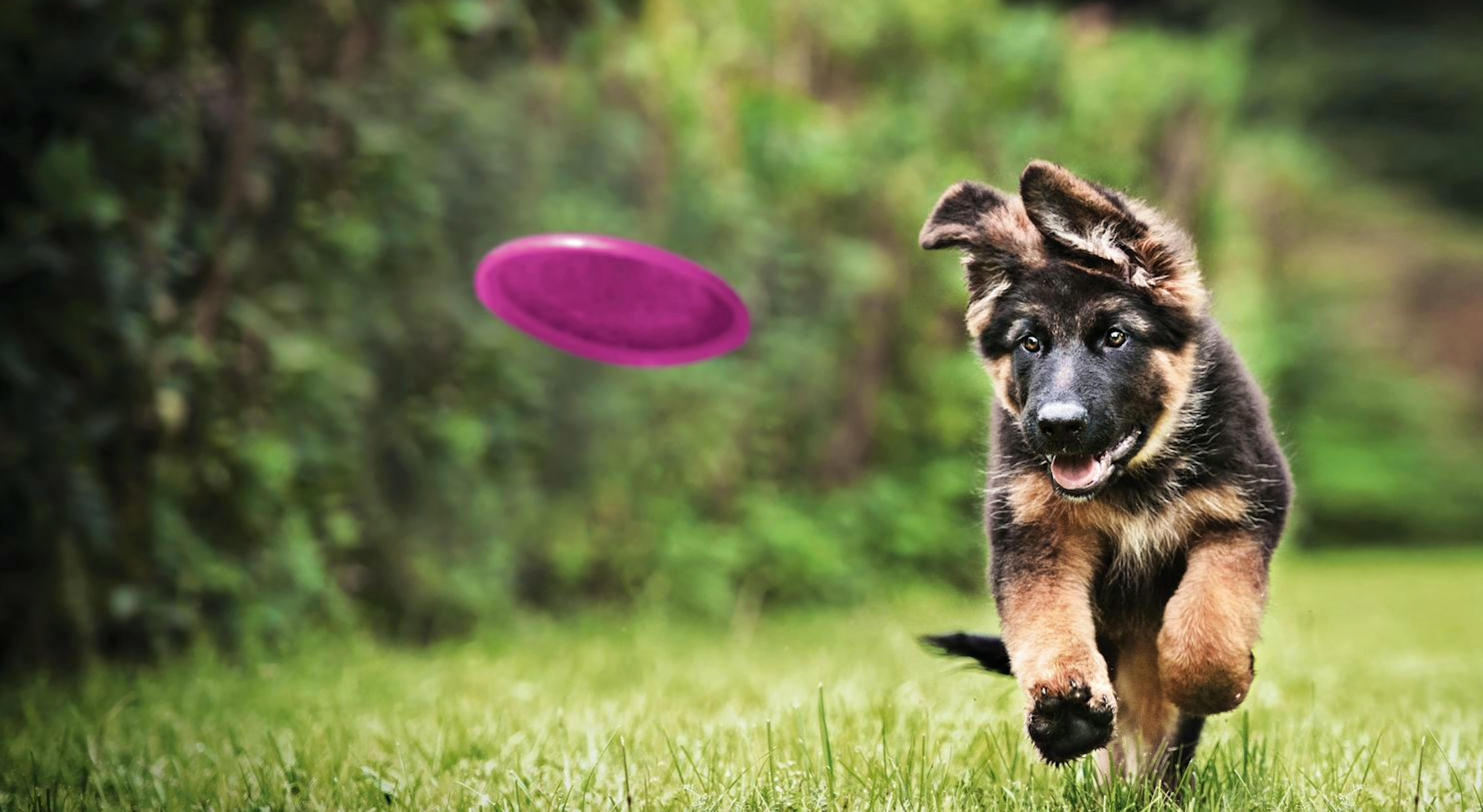
Behavioral Training 2-6 months
Whether at home or in a puppy school, behavioral training helps build trust with handlers and teaches puppies that training is fun and exciting. In behavioral training, your puppy is learning social behaviors, confidence and obedience. During this time, you’re also establishing a bond with your active puppy. Keep your training sessions frequent and short, and remember to have fun.

Adapted Training Age varies no sooner than 6 months
Adapted training sessions slowly introduce skills needed for activities (like agility or herding) without providing any of the physical risks for puppies’ growing bones, joints and muscles. Handlers can begin incorporating conditioning to help puppies develop the strength they’ll need for athletic pursuits. Whatever activity you want to share with your puppy, adapted training will stimulate the mind and body to help them live a happy and healthy life.Targeted Training Age varies no sooner than 12 months
Targeted training involves teaching an adult dog to perform specific tasks related to an activity (agility, for example). Deciding when to start training will depend on your puppy’s breed and behavioral training foundation. Consult your veterinarian before beginning a training program.





